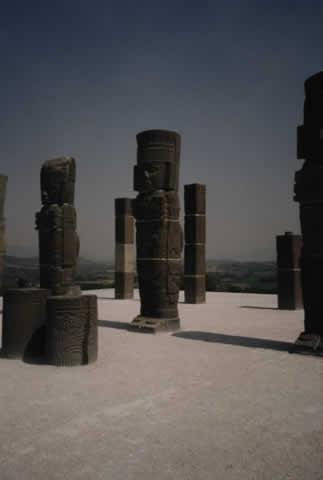
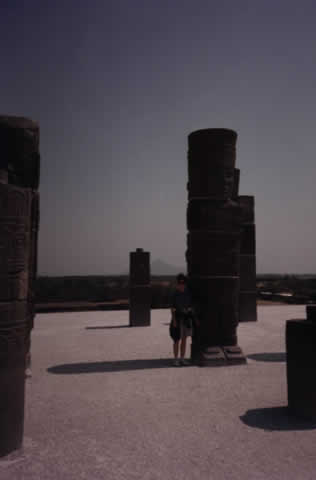
Tula was founded by the Toltecs led by Mixcoatl, father of Quetzalcoatl who initially settled on a hill near Tula. About the year 1165 AD the fall of Tula began and it lost its importance and came under the control of the Aztecs. This picture like the previous one is on top of the largest building discovered. The building was originally covered with panels with birds devouring hearts dripping three drops of blood.
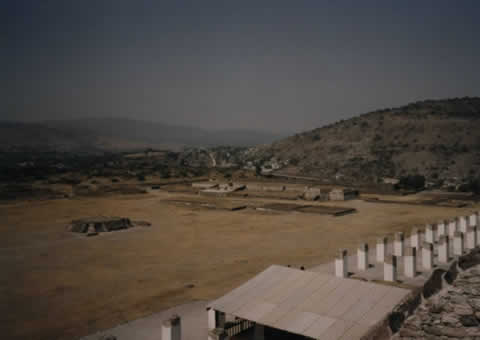
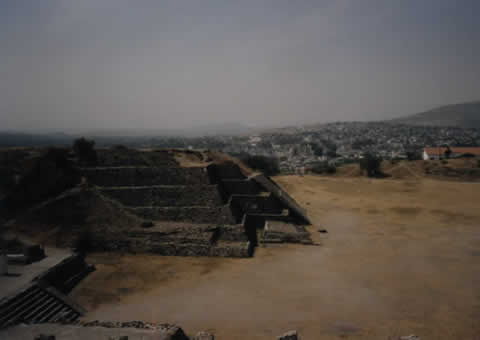
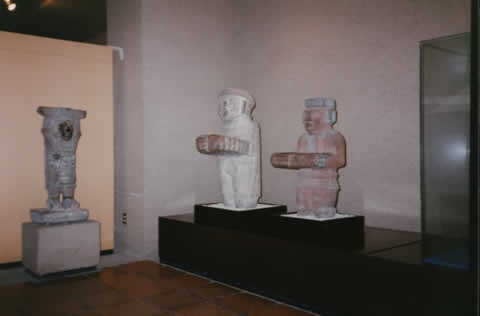
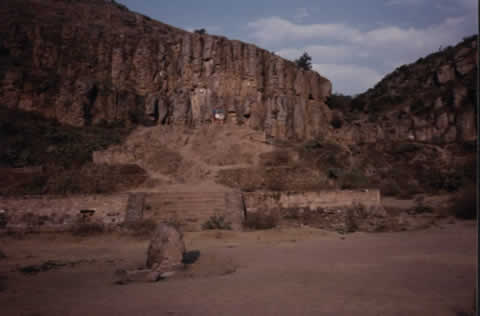
We left the ruins and checked into a nearby hotel in Tulanchinago. Dinner was a great steak served on an ear of prickly pear cactus. The cactus is grown as a staple crop with fields of the prickly pear lined up just like corn.